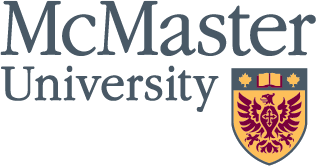June 21, 2002
Brockhouse Institute on frontier of materials research
Read More
 Share
Share
SHARE WITH YOUR FRIENDS
Pick one or more destinations:
0
0
0
×
June 21, 2002
Health sciences librarian wins award for outstanding achievment
Read More
 Share
Share
SHARE WITH YOUR FRIENDS
Pick one or more destinations:
0
0
0
×
June 20, 2002
Acting dean of humanities aims to build on Faculty’s strengths
Read More
 Share
Share
SHARE WITH YOUR FRIENDS
Pick one or more destinations:
0
0
0
×
June 20, 2002
Smog advisory issued: McMaster spares the air
Read More
 Share
Share
SHARE WITH YOUR FRIENDS
Pick one or more destinations:
0
0
0
×
June 20, 2002
University librarians have new three-year deal
Read More
 Share
Share
SHARE WITH YOUR FRIENDS
Pick one or more destinations:
0
0
0
×

